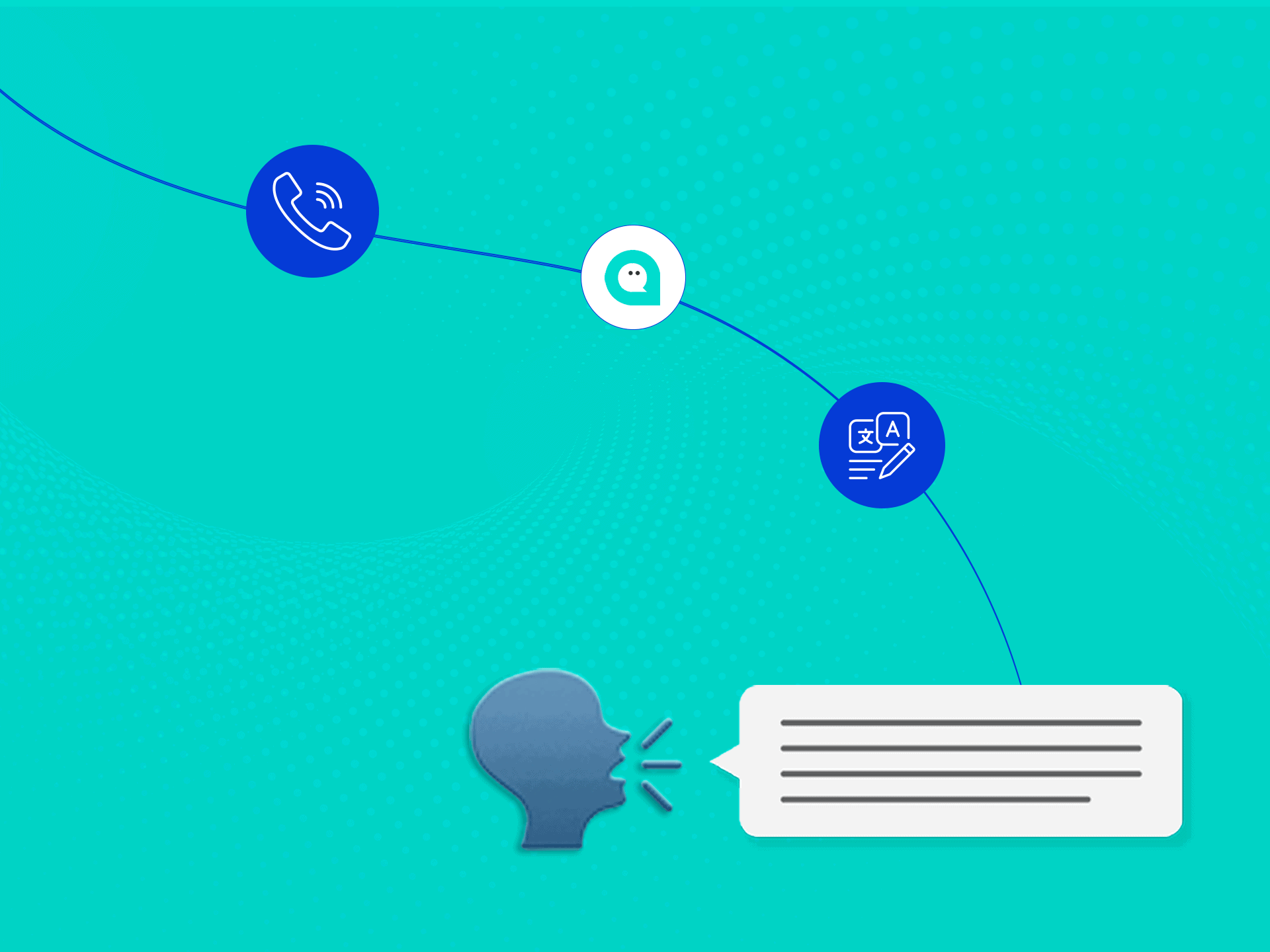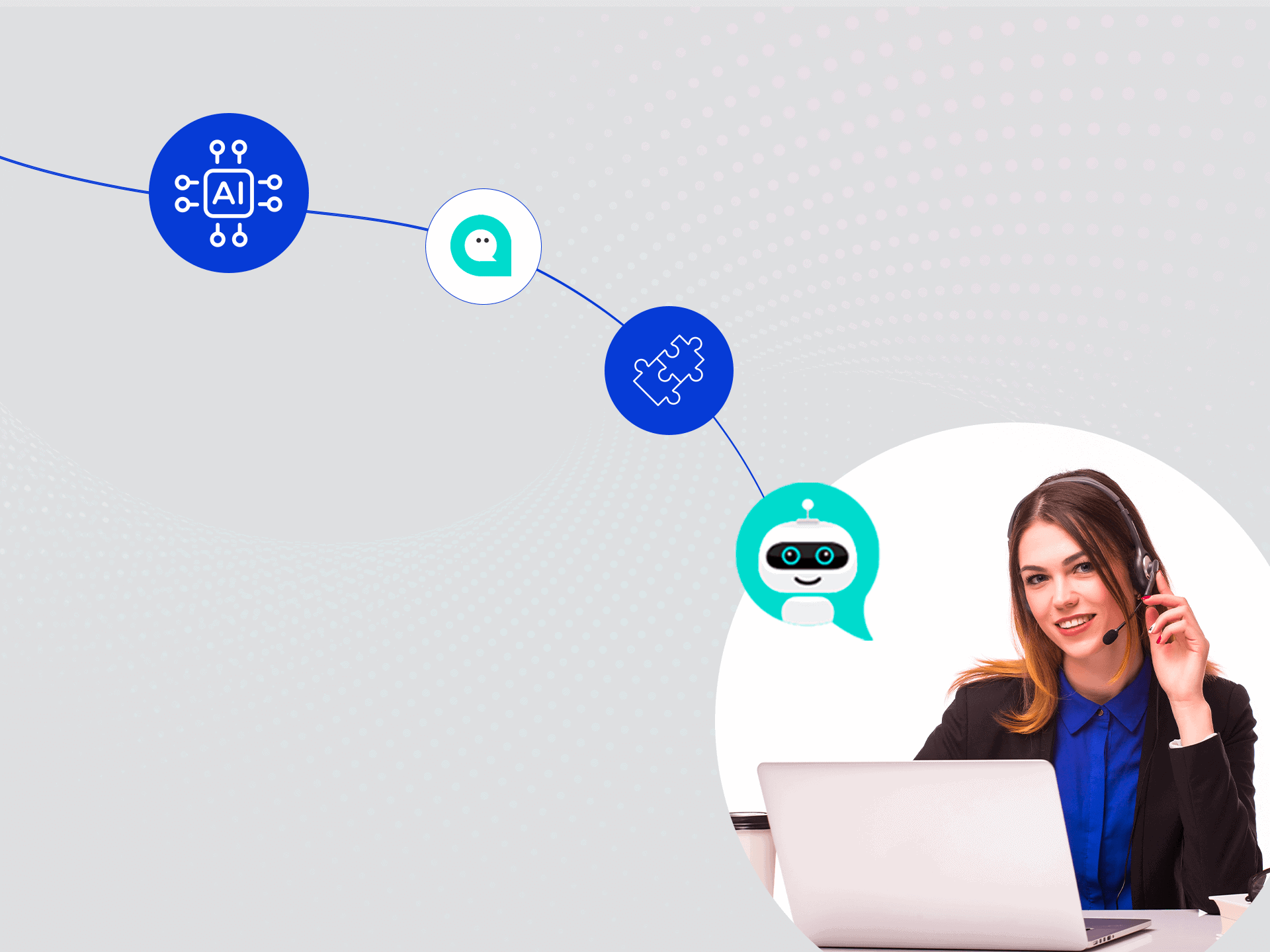Chatbots are artificial intelligence (AI) programs designed to simulate human conversations through a messaging platform. Chatbots can be integrated in various ways, from websites to messaging applications, from social media to email, to provide customer assistance and support services. These tools facilitate interaction between businesses and users, improving customer service efficiency and promoting consumer engagement.
Why use a chatbot?
Using a chatbot can bring numerous benefits to a business, including:
- Time savings: Chatbots can handle customer requests fully automatically, freeing up support staff from managing repetitive and standardized requests.
- Improved customer experience: Chatbots can provide immediate and personalized responses to customers, enhancing their experience with the company.
- Increased productivity: Chatbots can handle multiple requests simultaneously, increasing the company's productivity.
Types of chatbots
There are several types of chatbots, each with its own features and functionalities. The main ones are:
Rule-based chatbots
These chatbots work by following a predefined set of rules and respond to user questions based on these. They are suitable for managing simple and predictable requests.
Machine learning chatbots
Machine learning-based chatbots use artificial intelligence algorithms to learn from interactions with users and improve responses over time. They are more suitable for handling complex and unpredictable conversations.
How to make a chatbot?
To successfully create a chatbot that meets a company's needs, it is essential to follow a logical and technical process to optimize the processes that make it effective.
Identify chatbot goals
The first step in creating a valid chatbot is to identify the goals you want to achieve with it. For example, you might want to create a chatbot to provide customer support, automate a specific task, or collect information about your users.
Choose the platform
There are numerous chatbot platforms available on the market, from open-source solutions to paid services, each with its own features and functionalities. It's important to choose a platform that meets the needs of the business it will support and can integrate with existing interaction systems.
Some of the most popular platforms include:
- Dialogflow (Google)
- Amazon Lex
- Microsoft Bot Framework
- IBM Watson Assistant
- Rasa
Design the dialog flow
The dialog flow is one of the key factors in creating an effective chatbot. The dialog flow should be designed to provide quick and relevant responses to customer questions and guide them towards a resolution of the problem in a clear and intuitive way.
Use artificial intelligence
Using artificial intelligence can significantly improve the performance of your chatbot. Artificial intelligence can be used to understand customers' natural language, provide personalized responses, and improve accuracy.
Create and train a chatbot
Using the chosen platform, create the chatbot and begin training it with examples of conversations and frequently asked questions. Machine learning chatbots will naturally require a larger amount of data to improve their performance.
Test and optimize
Once a chatbot is created, it's important to test and optimize it to ensure it can provide the best possible experience for customers. Monitor the dialog flow, resolution rate of requests, and response time. At this point, you can make any necessary changes to improve the chatbot's performance.
XCALLY and chatbot integration
Chatbots are powerful tools that can improve customer service efficiency, promote engagement, and assist in marketing strategies. Remember that the success of your chatbot will depend on its ability to understand and respond to user needs, so it's essential to invest time and resources in its design, training, and optimization. Thanks to XCALLY, the omnichannel platform for contact centers, creating an effective chatbot becomes simple, using integrations with Dialogflow and Amazon Lex that expand the suite's possibilities.



